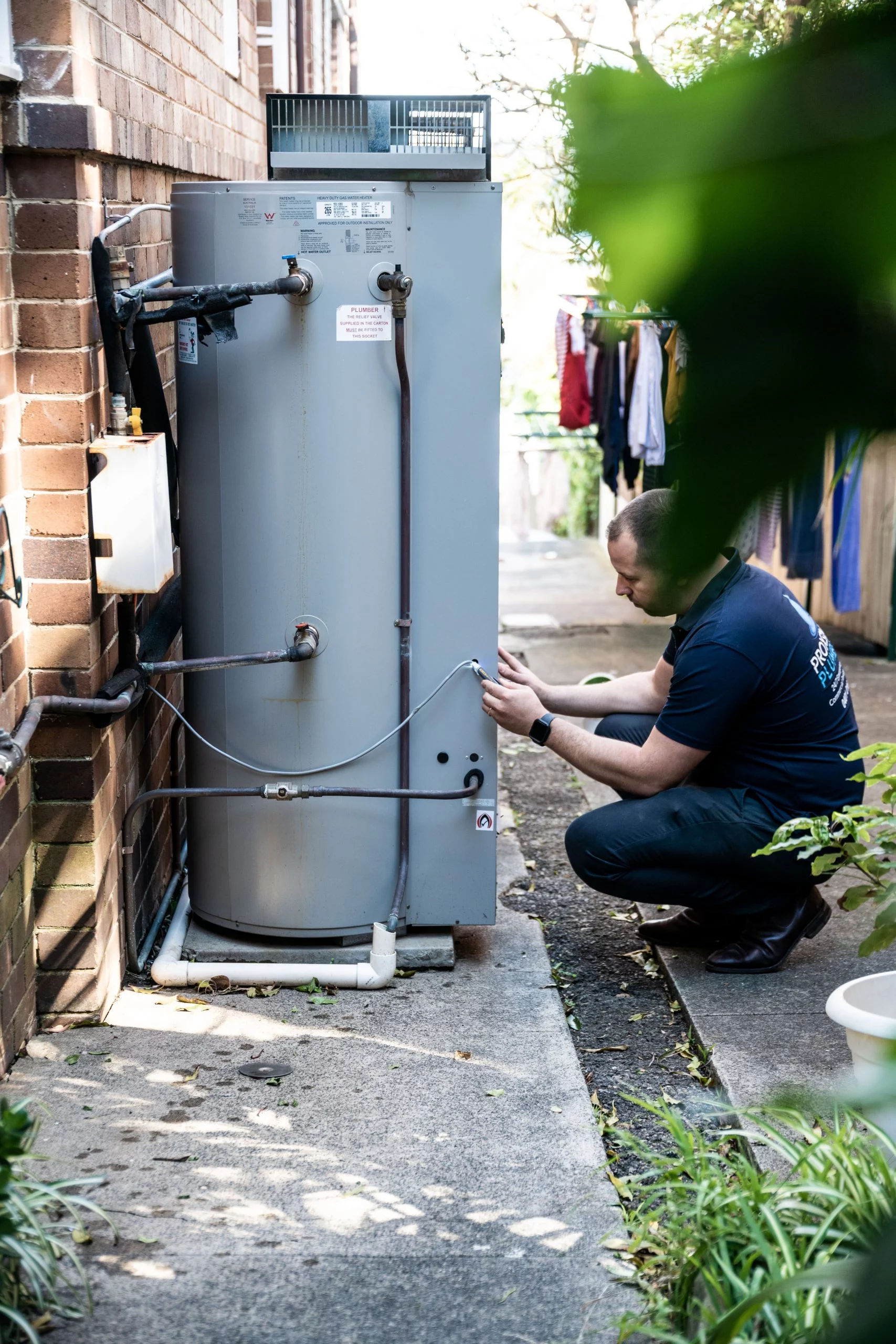Key Tips on Maintaining Your Home's Hot Water System
Key Tips on Maintaining Your Home's Hot Water System
Blog Article
Everybody will have their own unique theory involving Water Heater Maintenance Tips You Can't Afford to Forget.

Hot water is important for daily convenience, whether it's for a revitalizing shower or cleaning dishes. To guarantee your warm water system runs effectively and lasts longer, normal maintenance is key. This article gives functional suggestions and understandings on just how to maintain your home's warm water system to prevent interruptions and costly repairs.
Intro
Keeping your home's hot water system could seem challenging, yet with a few simple actions, you can ensure it runs smoothly for several years to find. This guide covers everything from recognizing your warm water system to do it yourself upkeep suggestions and recognizing when to employ expert assistance.
Relevance of Maintaining Your Hot Water System
Regular maintenance not only prolongs the life expectancy of your hot water system yet also guarantees it runs successfully. Overlooking upkeep can result in reduced effectiveness, higher energy costs, and even early failure of the system.
Indications Your Warm Water System Needs Upkeep
Knowing when your warm water system requires attention can stop significant problems. Keep an eye out for indications such as irregular water temperature, odd sounds from the heating unit, or corroded water.
Comprehending Your Hot Water System
Prior to diving right into maintenance tasks, it's valuable to recognize the basic parts of your hot water system. Typically, this includes the water heater itself, pipes, anode poles, and temperature controls.
Month-to-month Maintenance Tasks
Routine monthly checks can help capture small concerns before they intensify.
Purging the Hot Water Heater
Purging your water heater removes sediment accumulation, enhancing performance and lengthening its life.
Checking and Changing Anode Rods
Anode rods prevent corrosion inside the storage tank. Checking and changing them when broken is critical.
Evaluating and Adjusting Temperature Settings
Adjusting the temperature setups ensures optimal performance and safety.
Do It Yourself Tips for Upkeep
You can perform several upkeep jobs on your own to maintain your hot water system in top condition.
Checking for Leaks
Routinely inspect pipelines and links for leakages, as these can cause water damages and higher bills.
Testing Pressure Alleviation Valves
Examining the stress safety valve guarantees it operates properly and stops excessive stress build-up.
Protecting Pipes
Insulating warm water pipes lowers heat loss and can save power.
When to Call an Expert
While DIY maintenance is beneficial, some concerns call for specialist experience.
Complicated Issues Requiring Specialist Assistance
Examples consist of significant leaks, electric issues, or if your water heater is continually underperforming.
Regular Professional Maintenance Conveniences
Expert maintenance can consist of comprehensive inspections, tune-ups, and making certain compliance with safety criteria.
Final thought
Regular upkeep of your home's hot water system is necessary for effectiveness, long life, and price savings. By adhering to these suggestions and recognizing when to seek specialist help, you can ensure a trustworthy supply of warm water without unforeseen disturbances.
How to Maintain an Instant Hot Water Heater
Before tinkering with your hot water heater, make sure that it’s not powered on. You also have to turn off the main circuit breaker and shut off the main gas line to prevent accidents. Also turn off the water valves connected to your unit to prevent water from flowing into and out of the appliance. 2. When you’re done, you have to detach the purge valves’ caps. These look like the letter “T†and are situated on either side of the water valves. Doing so will release any pressure that has accumulated inside the valves while at the same time avoid hot water from shooting out and burning your skin. 3. When the purge valves’ caps are removed, you have to connect your hosing lines to the valves. Your unit should have come with three hoses but if it didn’t, you can purchase these things from any hardware or home repair shops. You can also get them from retail stores that sell water heating systems. Read the user’s manual and follow it to complete this task properly. When the hosing lines are connected, open the purge port’s valves. 4. You should never use harsh chemical cleaners or solutions when cleaning your unit. Make use of white vinegar instead. It should be undiluted and you’ll probably use about 2 gallons. 5. Now flush your water heater. This task should probably take about 40 minutes. We can’t give you specific directions for this because the procedure is carried out depending on the type, model and brand of your heater. With that being said, refer to the user’s manual. 6. When you’re done draining the unit, you have to turn off the purge port valves again. Remove the hosing lines that you earlier installed on each of the water valves. Put the valve caps (purge port) back in their respective places and be very careful so as not to damage the rubber discs that are found inside these caps. 7. Now that everything’s back in place, check your user’s manual again to find out how to reactivate your water heating system. 8. Once it is working, turn one of your hot water faucets on just to let air pass through the heater’s water supply pipes. Leave the tap on until water flows smoothly out of it. https://www.orrplumbing.com/blog/2014/september/how-to-maintain-an-instant-hot-water-heater/

Hopefully you enjoyed our piece on How to Maintain a Hot Water Heater in a Few Simple Steps. Thanks for spending some time to browse our article. Enjoyed our blog posting? Please quickly share it. Help somebody else check it out. Thanks a bunch for your time. Don't forget to check our website back soon.
This Post Report this page